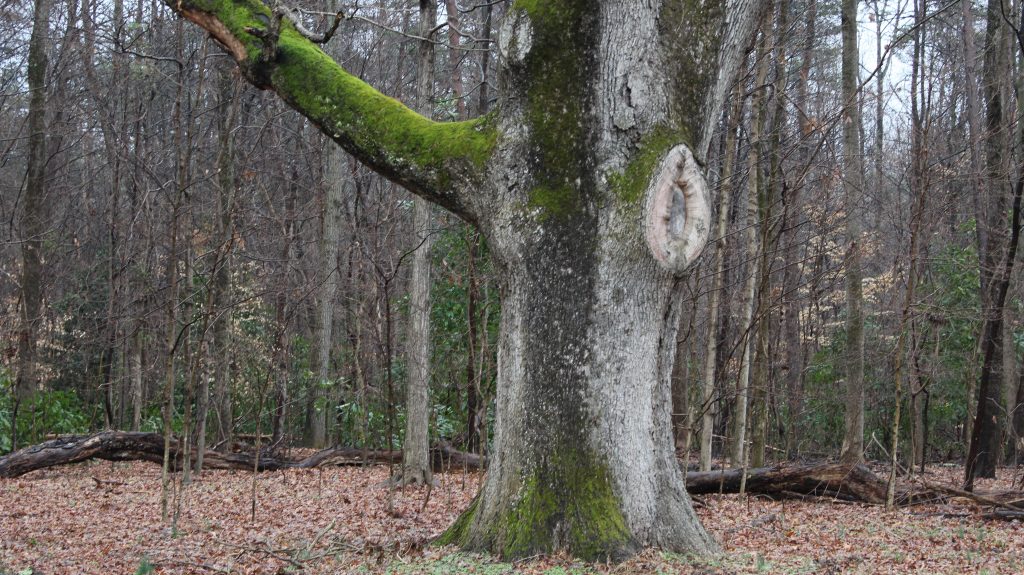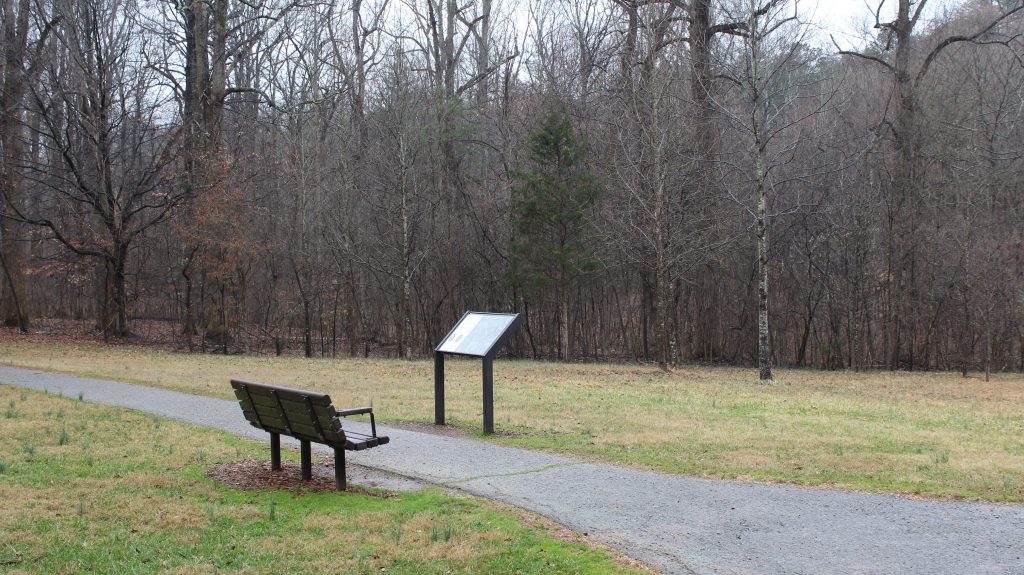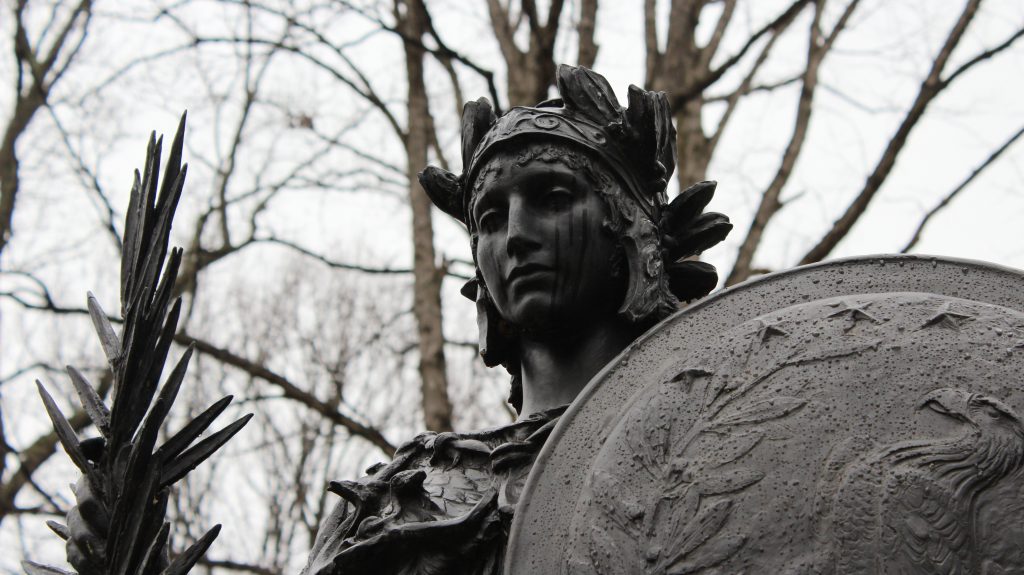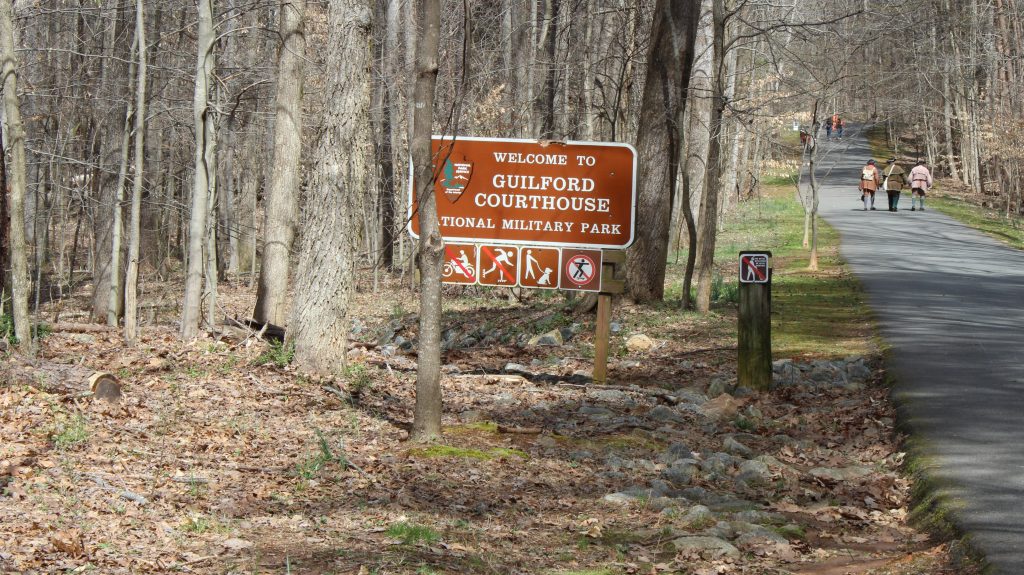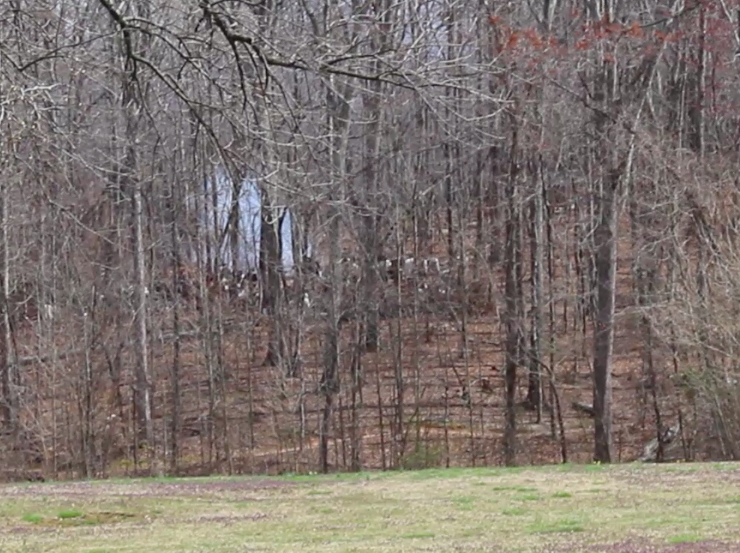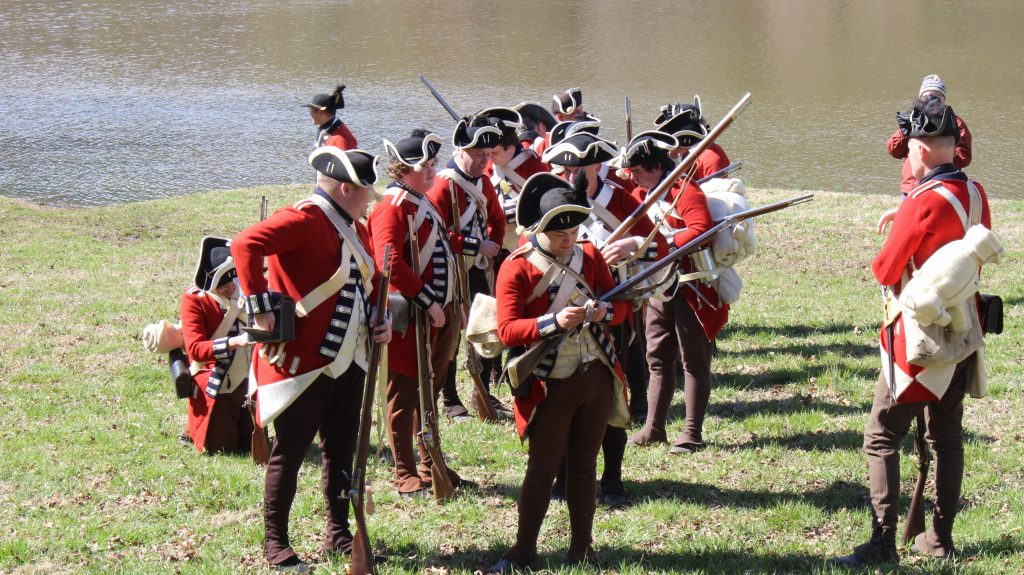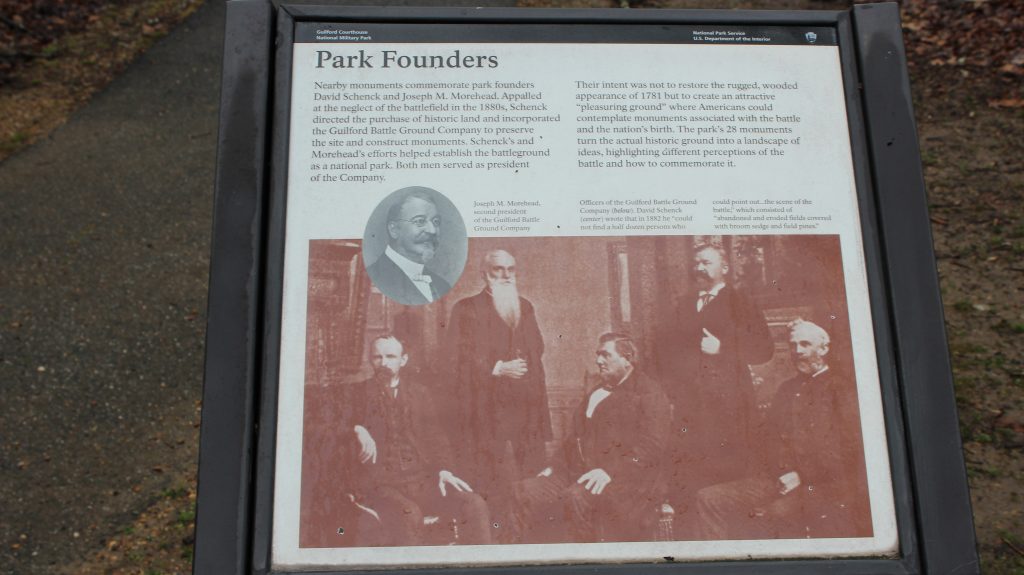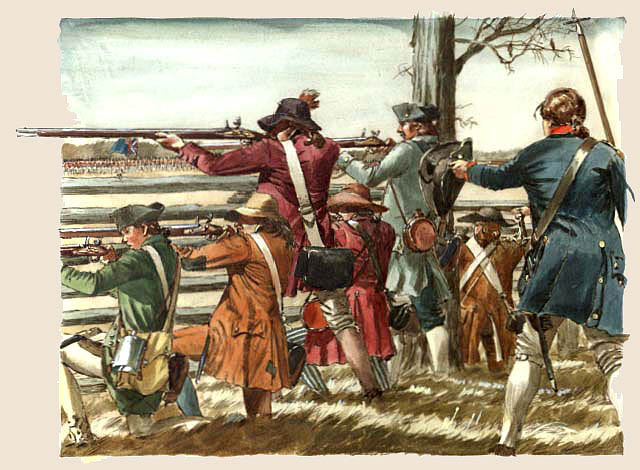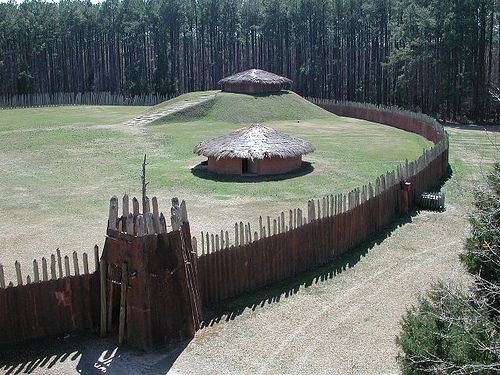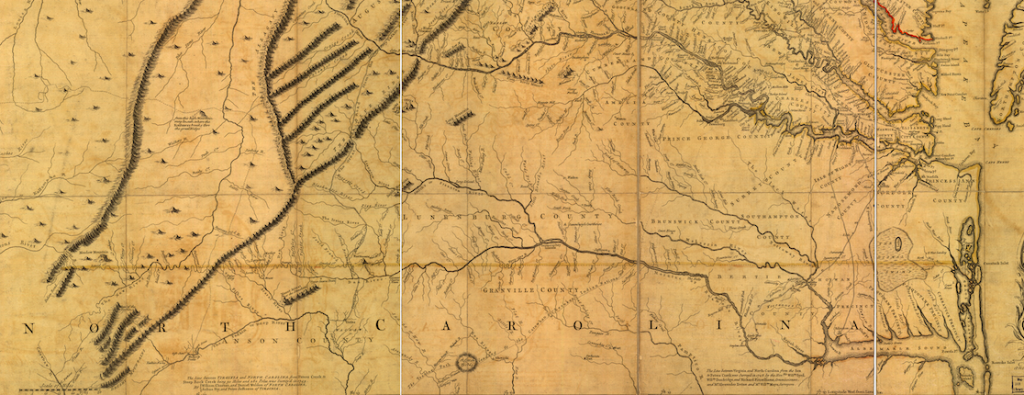Federal Lands, Closed
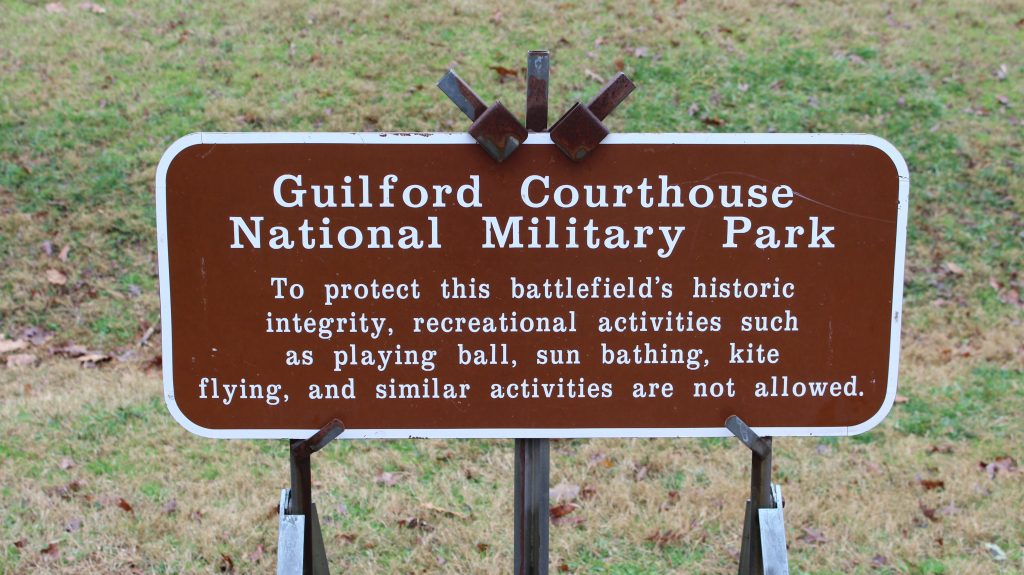
Being a student of history, especially American History, at Guilford College, I meant to visit the Guilford Courthouse Battleground long ago. One cold Sunday afternoon in late January I decided to finally visit the battlefield lands. Remnants of snow hung on the branches of the oaks a poplars guarding the heavily wooded entrance to the park, though my eyes darted ahead drawn to the traffic cones inside the battlefield southern parking lot which, in association with bright yellow caution tape, wardened off the area. In my curiosity and my haste to visit the Battlefield, I had forgotten that the park was closed due to the lengthy, record-breaking government shutdown.
Though the park was vacated, it seemed that life went on without the park rangers. Residents from the neighborhood walked their dogs and cars drove into the park’s circular access road, despite the signs posted to traffic barrels persuading visitors to leave the premises. I never thought that a government shutdown could have such a disparate effect on everyday life with the closure of a national military park, and despite the closure, the regular functions of the park continued; however, the absence of the park administrators and the park rangers led to certain issues created by the park goers. For example, many people stopped picking up after their dogs and the trashcans overflowed with trash.
It surprised me how such a little thing like an overflowing trashcan bothered me. I suppose that it since it was my first time at the park that introductory image associated with the shutdown informed my perceptions of the park. It reminded me that despite the altruistic intentions of the park administrators in preserving lands of historical significance within Greensboro, that a small obstruction such as the government shutdown could undo much of their work of preservation. Ultimately, my perceptions of the battleground have grown beyond my initial visit, and I feel that I understand the historical significance of not only the violent history that the park commemorates but also the land that the park preserves.
Changed Perceptions

The historical and biological research that I have conducted and the time that I have spent at the Guilford Courthouse Battleground provided me with an emotional connection to the history tied to the Battleground and the inevitable role that nature plays and will continue to play with the human history of the parklands. I find that I can, too often, become emotionally detached from the historical work that I do, and I feel that connecting human stories to nature better anchors the words and actions of those long dead to the physical world. Within the suburban confines of the Guilford Courthouse Military Park, both the natural and historical remain intertwined, interconnected by their association and preserved. The parklands serve as an example of the role that nature contributes to in evoking the past.
